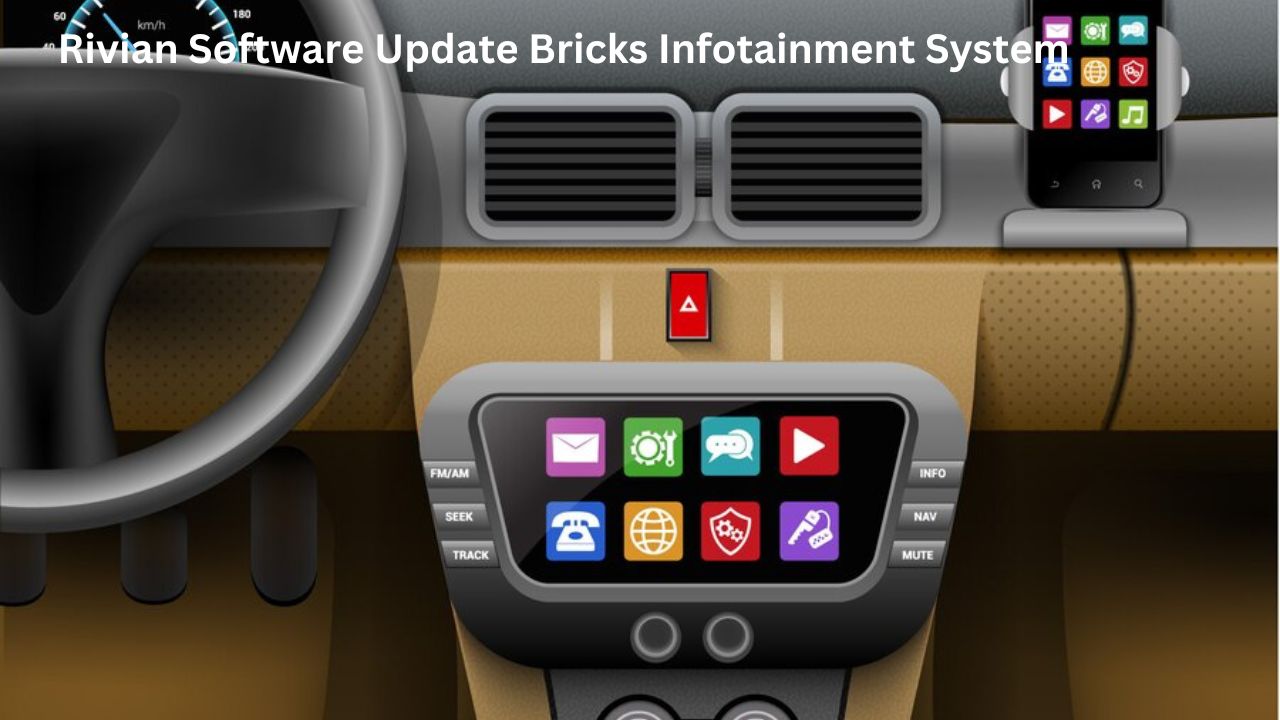Understanding RF PCB, In the modern age of wireless communication, RF (Radio Frequency) PCBs play a critical role in various industries. From mobile phones to satellite communication, RF printed circuit boards are at the core of high-frequency applications. These specialized PCBs are designed to handle frequencies that standard PCBs cannot manage. As a result, they are essential for building devices that require seamless, high-speed signal transmission.
Understanding RF PCBs, their design, and how they function can help engineers and technology enthusiasts appreciate their importance. In this article, we will dive deep into the world of RF PCBs, exploring their construction, materials, and applications.
What is an RF PCB?
An RF PCB, or Radio Frequency Printed Circuit Board, is a specialized circuit board designed to operate at high frequencies. These frequencies typically range from 100 MHz to 2 GHz and beyond. Unlike standard PCBs, RF boards require specific materials and construction techniques to handle the challenges posed by high-frequency signals.
High-frequency signals can easily cause interference, signal loss, or heat generation. Therefore, RF PCBs are meticulously designed to minimize these risks. They enable efficient signal transmission, which is crucial for communication devices, sensors, and radar systems. The primary goal of an RF PCB is to ensure optimal signal integrity while reducing losses and noise.
The Importance of RF PCB in Modern Technology
In today’s world, technology relies heavily on high-frequency signals. Devices like smartphones, wireless routers, and GPS systems use RF technology to function. Without RF PCBs, these devices would not operate as efficiently as they do.
Moreover, industries such as telecommunications, aerospace, and medical technology depend on RF PCBs for various applications. These industries require highly reliable, high-performance circuits that can transmit data quickly and accurately. As wireless communication continues to evolve, the demand for RF PCBs will grow.
Key Components of an RF PCB
Several key components make up an RF PCB. Understanding these components helps in grasping the complexity and precision required in RF PCB design.
Substrate Material
The substrate material of an RF PCB plays a significant role in determining its performance. Traditional PCBs use materials like FR4, but RF PCBs often require materials with lower dielectric constants. Materials such as Rogers or Teflon are popular choices because they offer stable performance at high frequencies. These materials minimize signal loss and ensure better impedance control.
Copper Foil
The copper foil in RF PCBs is responsible for signal transmission. Higher-frequency signals require smoother copper surfaces to reduce signal degradation. Therefore, high-quality copper foil is essential for maintaining signal integrity.
Impedance Matching
Impedance matching is a critical factor in RF PCB design. When impedance is not matched correctly, signal reflection and loss can occur. Therefore, the PCB design must ensure that the impedance of the components and traces is carefully controlled to maintain signal quality.
Ground Plane
An RF PCB includes a ground plane that helps to minimize noise and interference. The ground plane acts as a reference point for signals, allowing for more stable and reliable communication. The design of the ground plane is crucial in maintaining signal integrity.
RF PCB Materials: Choosing the Right One
Choosing the right materials for RF PCBs is vital for ensuring their performance. High-frequency signals are sensitive to material properties, so selecting the appropriate substrate is crucial.
Rogers Material
Rogers material is widely used for RF PCBs because of its excellent dielectric properties. It offers low loss and high thermal stability, making it suitable for high-frequency applications. This material is ideal for communication devices and radar systems.
Teflon
Teflon is another popular choice for RF PCBs due to its low dielectric constant and high-frequency stability. It is often used in applications that require minimal signal loss. However, Teflon-based PCBs are more expensive to manufacture due to their specialized handling requirements.
Ceramic-filled PTFE
Ceramic-filled PTFE materials offer a balance between performance and cost. These materials are used in RF PCBs that require both high-frequency operation and thermal management. They are commonly found in automotive radar systems and satellite communication devices.
Design Considerations for RF PCBs
Designing an RF PCB requires careful consideration of several factors. High-frequency signals behave differently compared to lower-frequency signals, so the design must account for these variations.
Trace Width and Spacing
The width and spacing of traces in an RF PCB significantly impact signal performance. Narrower traces can lead to signal loss, while wider traces may cause unwanted capacitance. Designers must carefully calculate the optimal trace width based on the operating frequency and the material used.
Via Design
Vias, or vertical interconnect accesses, allow signals to pass between layers of the PCB. In RF PCBs, vias must be designed with minimal inductance to prevent signal degradation. Blind and buried vias are often used to improve performance by reducing the path length of signals.
Layer Stackup
The layer stackup of an RF PCB influences its performance, especially in multi-layer boards. A well-designed stackup ensures proper impedance control and minimizes cross-talk between layers. In high-frequency applications, designers may use a combination of signal, power, and ground layers to optimize performance.
Thermal Management
RF PCBs can generate significant heat, especially in high-power applications. Efficient thermal management is necessary to prevent overheating and maintain performance. Heat sinks, thermal vias, and proper material selection all contribute to effective thermal management.
Challenges in Manufacturing RF PCBs
Manufacturing RF PCBs presents several challenges that are not as common in standard PCB production. The high-frequency signals and precise design requirements demand a higher level of precision and quality control.
Material Handling
The materials used in RF PCBs, such as Teflon or ceramic-filled PTFE, require specialized handling during manufacturing. These materials can be more difficult to laminate, drill, and process compared to traditional substrates like FR4. Therefore, manufacturers must invest in specialized equipment and techniques to ensure high-quality production.
Controlled Impedance
Maintaining controlled impedance is critical in RF PCBs, and slight variations in material thickness or trace width can impact performance. Manufacturers must use precise processes to ensure that the impedance remains within the specified range. This can involve tighter tolerances during the etching and laminating stages.
Cost Considerations
RF PCBs are generally more expensive to produce than standard PCBs. The use of specialized materials, tighter tolerances, and complex manufacturing processes all contribute to higher costs. However, for applications where signal integrity and performance are paramount, these costs are justified.
Applications of RF PCBs
RF PCBs are used in a wide range of industries and applications, from consumer electronics to aerospace and defense. Understanding the various applications helps highlight their versatility and importance.
Telecommunications
The telecommunications industry heavily relies on RF PCBs for mobile phones, wireless routers, and base stations. These boards allow for efficient signal transmission in devices that operate at high frequencies, ensuring clear communication over long distances.
Automotive Radar Systems
In the automotive industry, RF PCBs are essential for radar systems used in autonomous vehicles. These radar systems detect objects and obstacles, allowing vehicles to navigate safely. High-frequency signals are required for these radar systems to function accurately.
Aerospace and Satellite Communication
Aerospace and satellite communication systems require RF PCBs to transmit data over vast distances. These applications often operate at extremely high frequencies, making the precision and performance of the PCB crucial. RF PCBs used in these industries must withstand harsh environmental conditions, including extreme temperatures and radiation.
Medical Devices
In the medical field, RF PCBs are used in imaging devices, sensors, and communication systems. These PCBs must offer high reliability and low interference to ensure accurate diagnostics and patient monitoring. The need for wireless communication in medical devices makes RF PCBs indispensable in this sector.
Future Trends in RF PCB Technology
As technology continues to evolve, so too will the design and application of RF PCBs. The rise of 5G technology, autonomous vehicles, and IoT (Internet of Things) devices will drive further innovation in the field of “Understanding RF PCB” RF PCBs.
5G and Beyond
With the rollout of 5G networks, RF PCBs will need to handle even higher frequencies. Designers will need to innovate in both materials and manufacturing processes to meet the demands of next-generation wireless communication. The shift to higher frequencies will push the boundaries of PCB design and testing.
Miniaturization
As devices become smaller and more powerful, RF PCBs will need to follow suit. The demand for compact, high-performance devices will require PCB manufacturers to focus on miniaturization without sacrificing signal integrity or performance. This trend will likely lead to the development of new materials and manufacturing techniques.
Enhanced Thermal Management
As high-frequency applications generate more heat, there will be a growing need for advanced thermal management solutions. This could include the development of new materials or the integration of innovative cooling technologies directly into the PCB design. Understanding RF PCB.
Conclusion
RF PCBs are the backbone of modern high-frequency applications. Their ability to manage complex signals, while maintaining signal integrity, makes them crucial in many industries. Understanding RF PCB from telecommunications to aerospace, RF PCBs enable the rapid, reliable transmission of data, making them indispensable in today’s technology-driven world.
As the demand for faster, more efficient communication grows, the importance of RF PCBs will only increase. By understanding their components, materials, and design considerations, engineers can push the boundaries of what is possible with high-frequency circuits.











